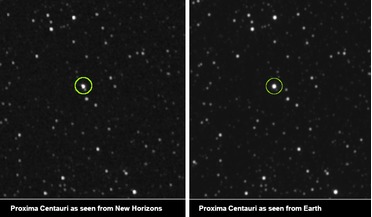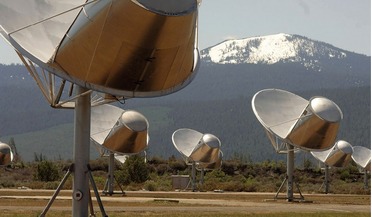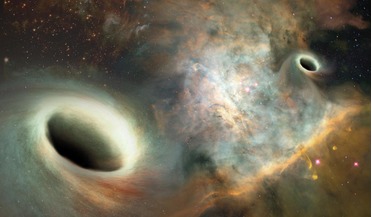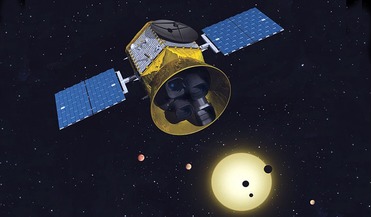 12 June 2020
New Horizon breaks record with first interstellar parallax experiment
12 June 2020
New Horizon breaks record with first interstellar parallax experiment
... at the National Science Foundation's National Optical-Infrared Astronomy Research Laboratory. “Combine its parallax with that of Proxima and you can locate New Horizon’s position in space. We have never before done interstellar navigation based...
 August 2020
Interstellar aspirations
August 2020
Interstellar aspirations
... using the European Southern Observatory’s Very Large Telescope in Chile detected a planet the size of Earth orbiting Proxima Centauri, the small red dwarf star in the nearby Alpha Centauri system. The planet orbits in the...
 28 June 2017
The existence of orbiting supermassive black holes finally confirmed
28 June 2017
The existence of orbiting supermassive black holes finally confirmed
... situation to watching and calculating the pace of a snail on the surface of the our nearest exoplanet – which orbits Proxima Centauri 4.243 light years away – as it moves at 1 cm a second. Pretty slow then. "What we've been able to do is a true...
 02 January 2018
2017 - What a year!
02 January 2018
2017 - What a year!
... Earth-size planets located in the TRAPPIST-1 system and the second closest temperate planet to Earth after Proxima b. With the help of AI, researchers also discovered an eighth planet in the Kepler 90 system, making it the only other...
 22 October 2018
Frequent superflares spell doom for life around red dwarfs
22 October 2018
Frequent superflares spell doom for life around red dwarfs
.... Indeed, most of the exoplanets that have been found in a star’s ”habitable-zone" orbit red dwarfs, including Proxima Centauri, the nearest star to our Sun. Red dwarfs therefore make ideal targets in which to search for...
 14 November 2018
Super-Earth exoplanet found around closest single star to the Sun
14 November 2018
Super-Earth exoplanet found around closest single star to the Sun
....” The international team of astronomers behind the discovery were also the same team who in 2016 spotted Proxima Centauri b; the closest known exoplanet to us only four light years away. Using the same method, known...